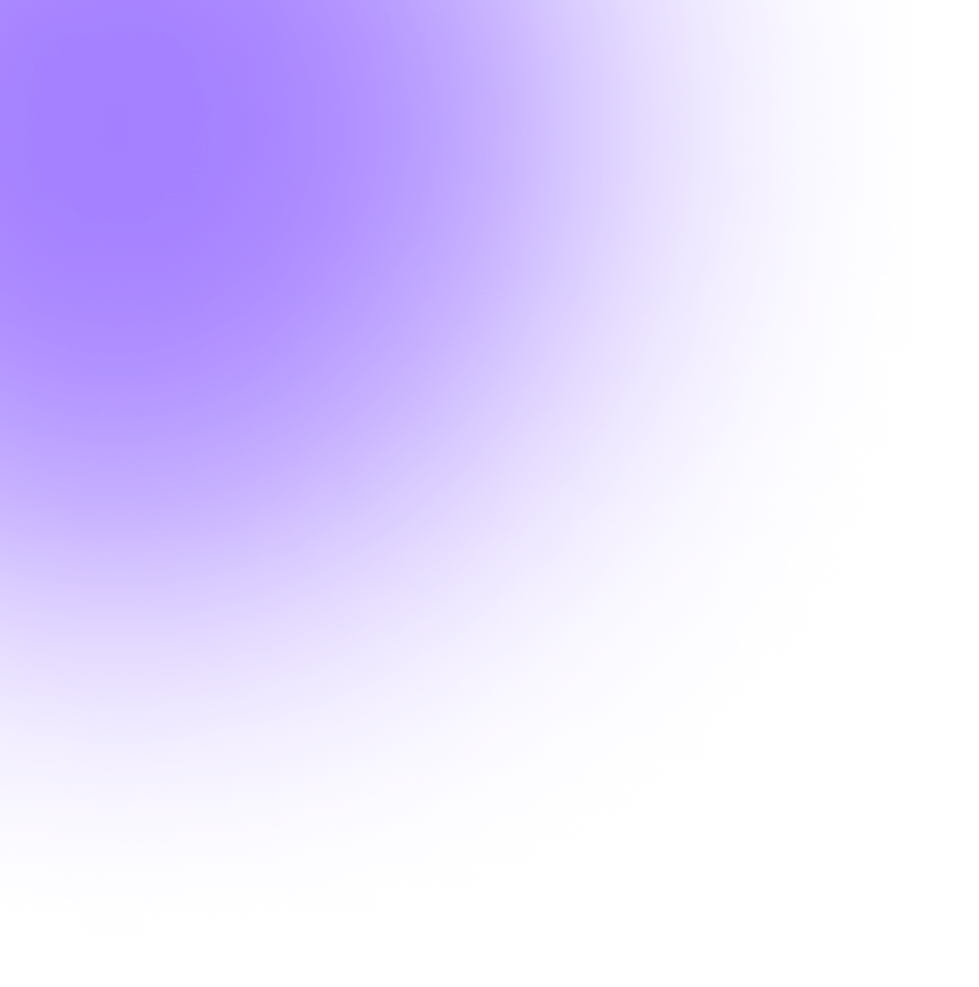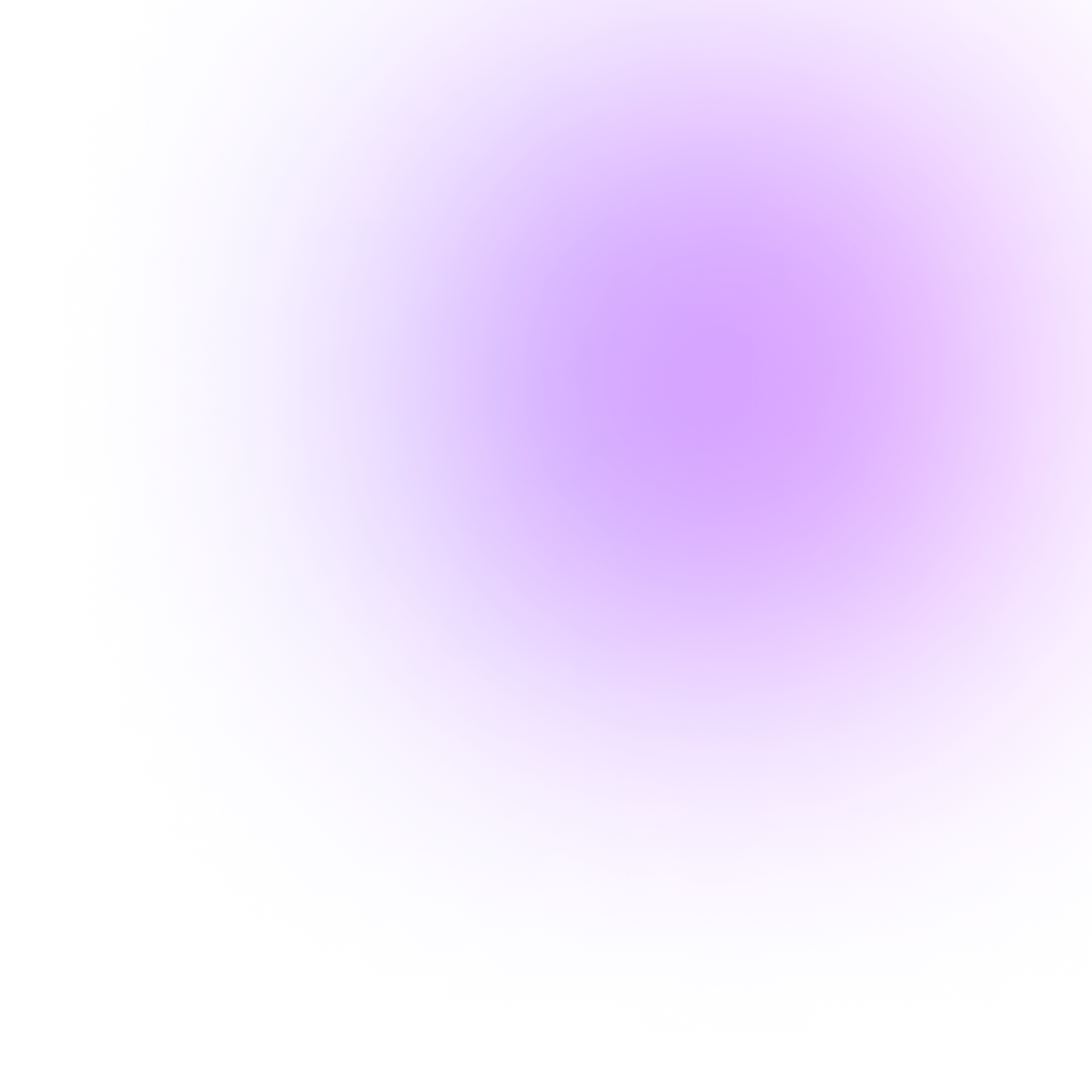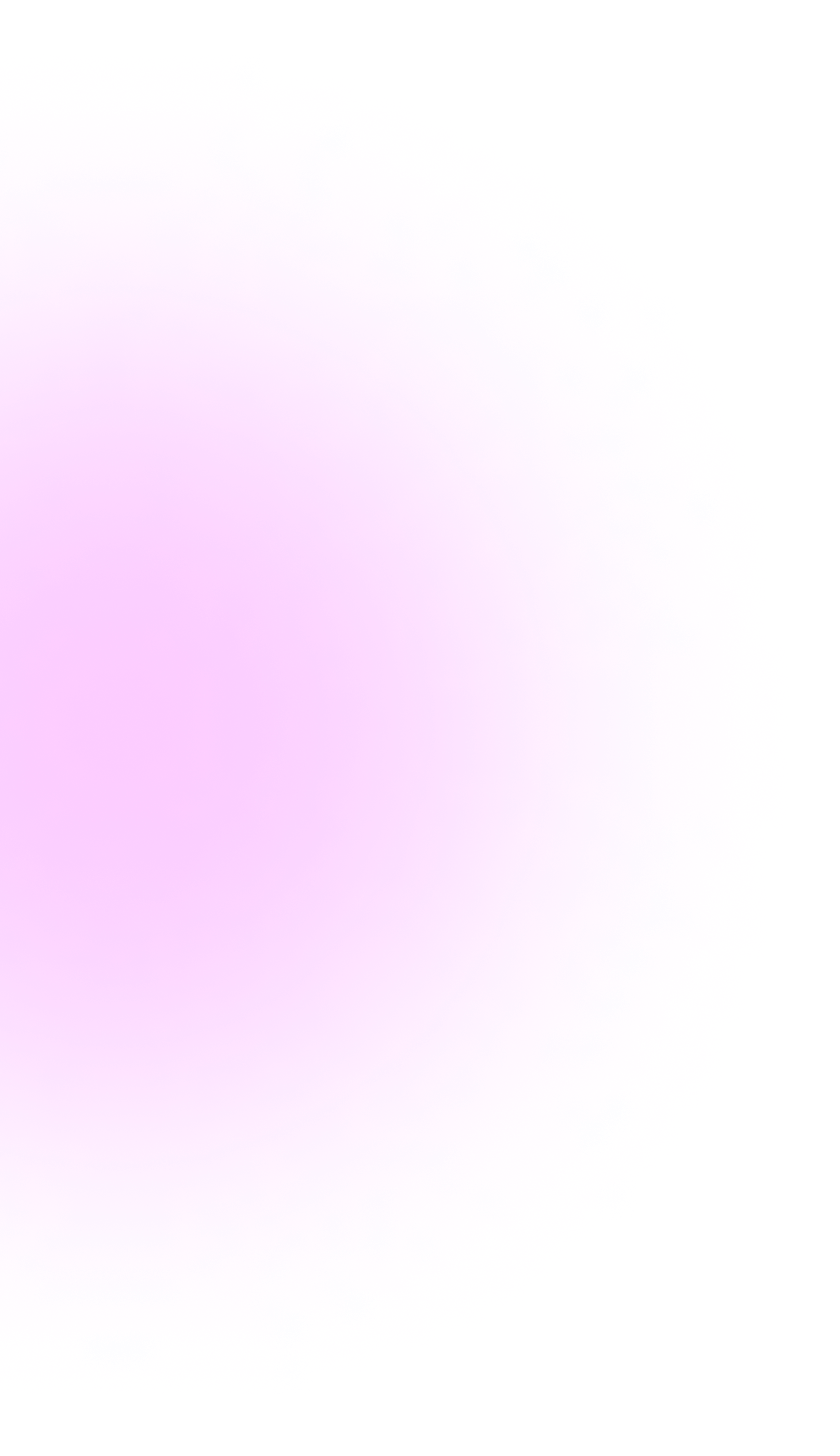




Minimalism in Photography: A Comprehensive Guide 📸
Minimalism in photography goes beyond simplicity; it's an intricate art form that celebrates the essence of subjects by stripping away distractions and focusing on core elements. Now we'll delve into the nuances of minimalism, from understanding its principles to mastering essential techniques and sharing your outcomes.
Understanding Minimalism 🔍
Minimalism in photography is grounded in the philosophy of less is more, emphasizing clean lines, negative space, and simplicity. It's about distilling a scene down to its essential elements to evoke a sense of calm and elegance 🌟. By removing distractions and honing in on the essence of your subject, minimalist images invite viewers to pause, contemplate, and appreciate the beauty of simplicity.
Techniques for Crafting Minimalist Masterpieces🎨
-
Extreme Cropping: Experiment with extreme cropping to eliminate distractions and focus on specific elements within a scene. For example, cropping an image to showcase the intricate details of a single flower petal against a plain background can create a powerful minimalist composition that highlights the beauty of simplicity. 🌸 Invest in good Lens to dot hat from In Camera. 🎨
-
Focus on Curves, Light, and Texture: Pay attention to the interplay of curves, light, and texture to add visual interest to your minimalist photos 📸. For instance, capturing the graceful curves of natural forms, such as the smooth lines of a seashell or the gentle arc of a leaf, can create a sense of harmony and balance in your images. 🌿
-
Negative Space: Embrace negative space as a compositional tool to create minimalist images with a sense of openness and tranquility. Experiment with incorporating empty spaces around your subject to draw attention to its essential qualities. For example, framing a lone tree against a vast expanse of sky can create a minimalist composition that conveys a sense of solitude and serenity. 🌌

🔍 Exploring Minimalism Lens: Choosing the Right Tools for Your Vision 📸
When it comes to capturing minimalist photography, choosing the right lens can make all the difference in achieving your desired aesthetic. In this section, we'll explore a range of lenses commonly used in minimalist photography and how to leverage them effectively to enhance your compositions.
1. Wide-Angle Lens (16mm - 35mm) 📸
Wide-angle lenses are ideal for capturing expansive landscapes and architectural scenes with a sense of depth and scale. When shooting minimalist landscapes, a wide-angle lens allows you to include vast swaths of negative space while still emphasizing the main subject. Additionally, wide-angle lenses can create dramatic perspectives and leading lines that draw the viewer's eye into the frame, adding visual interest to your compositions 🔍.
2. Standard Prime Lens (35mm / 50mm) 📸
Standard prime lenses are versatile tools for minimalist photography, offering a natural perspective similar to the human eye. With their moderate focal lengths 🔍, standard primes are well-suited for capturing everyday scenes with simplicity and clarity. When using a standard prime lens for minimalist photography, focus on isolating your subject against clean backgrounds and utilizing negative space to create a sense of balance and harmony in your compositions.
3. Telephoto 🎥 Lens (70mm - 200mm/300mm) 📸
Telephoto lenses excel at isolating subjects and compressing perspective, making them ideal for minimalist portraits and detail shots 🎥. When shooting minimalist portraits, a telephoto lens allows you to fill the frame with your subject while blurring out distracting backgrounds. Additionally, telephoto lenses are excellent for capturing minimalist abstracts and details, such as patterns, textures, and shapes, with precision and clarity.
4. Macro Lens (60mm - 100mm) 📸
Macro lenses are perfect for capturing intricate details and textures in minimalist photography. With their close focusing capabilities and shallow depth of field, macro lenses allow you to explore the beauty of small-scale subjects, such as flowers, insects, and everyday objects, 🎥 with exquisite detail. When using a macro lens for minimalist photography, focus on isolating your subject against clean backgrounds and emphasizing its unique characteristics and textures. This and Telephoto lens are the most advisable lens for Minimalism in most cases.
5. Tilt-Shift Lens 📸
Tilt-shift lenses offer creative control over perspective 🏙️ and depth of field, making them valuable tools for capturing unique and stylized minimalist images. With their ability to selectively blur or focus specific areas of the frame, tilt-shift lenses allow you to create striking visual effects and manipulate the viewer's perception of scale and distance. When using a tilt-shift lens for minimalist photography, experiment with selective focus and perspective control to create compelling compositions that challenge the viewer's expectations.
Choosing the Right Lens for Your Vision 📸 🔍
When selecting a lens for minimalist photography, consider the specific characteristics of each lens and how they align with your creative vision. Experiment with different focal lengths, perspectives, and techniques to discover the unique possibilities each lens offers and how they can enhance your minimalist compositions. Remember, the best lens for minimalist photography is the one that allows you to express your vision with clarity and creativity.
Examples of Minimalist Photography 💡📷
-
Simplifying Landscapes 🌟: Capture landscapes with clean lines and minimal distractions, focusing on the essential elements of the scene. For example, photographing a lone tree in a vast field or a solitary rock formation against a clear sky can create minimalist images that evoke a sense of solitude and serenity. 🏞️
-
Minimalist Architecture 🖼️: Explore minimalist architecture with its clean lines, geometric shapes, and simplicity of form. For instance, photographing modern buildings with sleek, minimalist design elements can create striking images that celebrate the beauty of simplicity in architecture. 🏙️
-
Abstract Minimalism 🎨: Experiment with abstract minimalism by focusing on shapes, patterns, and textures. For example, capturing the play of light and shadow on a textured surface or the repetitive patterns of urban infrastructure can create minimalist images that challenge the viewer's perception and invite contemplation. 🌀
Essential Tips for Creating Perfect Minimalist Photography 🛠️
-
Simplify the Composition 🌸: Keep your compositions clean and uncluttered, focusing on a single subject or element to create a sense of visual harmony and balance. 🖼️
-
Pay Attention to Light 🌅: Utilize soft, diffused light to minimize harsh shadows and create a sense of depth and dimension in your images. Experiment with different lighting conditions to find the perfect balance between light and shadow. ☀️
-
Embrace Minimalist Color Palettes 🌟: Limit your color palette to create a sense of unity and coherence in your images. Experiment with monochromatic or limited color schemes to enhance the minimalist aesthetic of your photos. 🎨
-
Use Negative Space Wisely 🔄: Incorporate negative space around your subject to draw attention to its essential qualities and create a sense of openness and tranquility in your images. ➖
-
Practice Patience and Observation 🌱: Take the time to observe your surroundings and look for opportunities to capture minimalist compositions. Practice patience and wait for the perfect moment to create images that resonate with simplicity and elegance. 🕰️
Elevate Your Art with Gallería 📸
Ready to showcase your minimalist masterpieces to the world? Gallería provides a platform for artists to share their work with a global audience and connect with fellow creatives. Join our community of artists and enthusiasts to explore, inspire, and elevate your artistry. Start your journey with Gallería today and discover the beauty of minimalist photography! 🚀